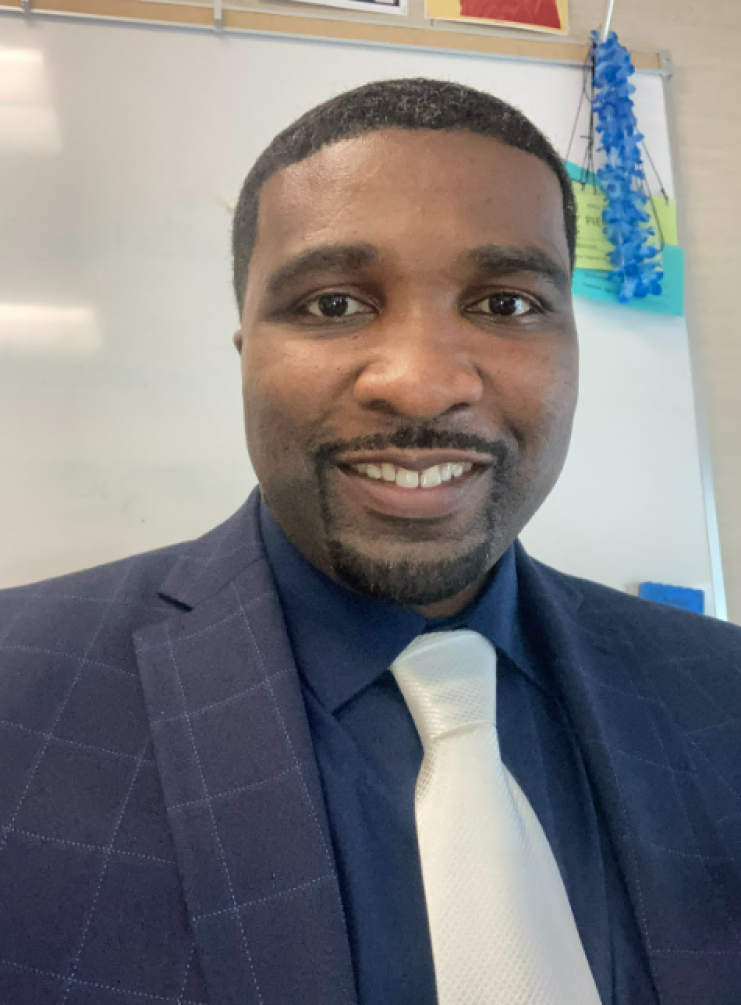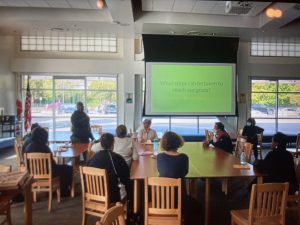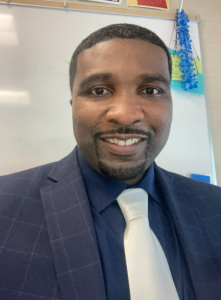
How can a positive school-wide climate decrease the likelihood of problematic behaviors?
To start the 2022-2023 school year at De Anza High School, in West Contra Costa Unified School District, the unyielding focus was to alleviate two challenges: violence on campus and attendance issues. De Anza defines attendance issues as class cutting, students arriving tardy for class with forged passes, students leaving class to get a tardy pass but not returning, and/or students leaving class without permission. An intentional plan was made to gather data which would be used to drive our Climate Team meetings and set goals around this challenge. As the assistant principal of De Anza High School I wanted to get to the bottom of these issues in our data.
We turned to a wide range of data to help understand the problem and its causes. The data consisted of suspensions, student referrals, survey results, and student attendance. A three tiered intervention strategy was put in place and a strong focus was placed on positive incentives and restorative practices. The plan was to be preemptive and address problematic behaviors before they escalated or spiraled out of control. A survey was sent to parents and staff members inviting them to join the school’s Climate Team. At least twenty parents and five teachers signed up. The meetings began in October using the month of September as its data source. Each new month involved data dives based on the previous months. At this point, I felt impassioned and resolute with a clear purpose as well as direction.
As the meetings progressed, the team recognized an obvious shift in suspensions and referrals. Violent incidents had all but disappeared but there was a steep increase in suspensions for drugs. Almost every drug suspension involved students who were out of class. Once again, attendance was playing a pivotal role in problematic behavior.
Using the data, the team identified two clear issues that had to be rectified in order to change the climate at De Anza: attendance and drugs. Again, the team decided to focus on attendance first since the drug issue could be resolved if students were staying in their classes from bell to bell. This led to a moment of discovery.
At our first February meeting, four teachers attended and there was a powerful consensus that De Anza’s attendance issues were the result of classroom instruction. Later that month, one parent, seemingly discouraged, stood up (in a climate meeting) and furiously proclaimed that the school’s issues were due to poor classroom instruction. The parent stated that the students had lost interest in learning and the parents had lost trust in De Anza’s capacity to deliver meaningful instruction. This resulted in kids coming to school only to socialize which flowed over into the problematic behaviors such as drug use and violence. I found myself gradually losing direction as to how to answer my original question: How can a school wide climate be created where problematic behaviors are less likely to occur?

De Anza High School’s Climate Meeting.
The results of the climate team meetings were discussed in later conversations with other teachers, students, and parents. Unanimously, each stakeholder either directly or indirectly pointed at the classroom and lack of meaningful instruction as a source of students not feeling motivated to be in class.
Students confirmed these feelings. “I only come to school to be with my friends and have fun,” one student shared. The student explained further that the teachers were discouraging and the learning topics were uninteresting. Due to those things, the student, who was a notorious class cutter, had no motivation to attend class. Even though the issue being faced was about school climate, the answer pointed towards instruction.
I needed to re-evaluate my performance as an administrator. What was happening where so many stakeholders had complaints about the instruction? What could I do to be more instruction focused? As much as I had dived into changing the school climate I missed the role that instruction played in climate. There was a place for the interventions and restorative practices but, in reality, they were actions for once the negative behaviors began. If I truly wanted to be preemptive, then, a climate would have to be formed where the students didn’t want to come to school and behave negatively. And that type of climate began in the classrooms. With that fiery revelation I was suddenly overcome with the uncomfortable sensation of fear and self doubt. And I asked myself, ‘Am I capable of being an efficient instructional leader?’ At that moment, as I questioned my ability, I realized that I had lost my direction. And in place of my previous exuberance and direction was unsurety and declining personal resolve.
Dealing with my own feelings of being an imposter, the volcanic like eruptions of the parents, and the unaddressed issue of faulty classroom instruction, I began looking for advice. I sought out a diverse array of points of view from non-climate team members. This led to multiple conversations with parents, teachers, and students that would become anecdotal data. In the conversations with parents, teachers, and students, the sentiment was that administration had to become more supportive, this was due to a lack of communication, follow up, and transparency with all stakeholders. Placing a stronger focus on these concerns would lead to climate transformation.
During these conversations it was the response of an Instructional Leadership Team (ILT) member which created a placid current of thought towards answering my questions. We sat in one of the administrator’s offices as I gave the ILT member the data from my various meetings. After reading through the stakeholder’s concerns the ILT member paused, deep in thought, then spoke. And what was said reshaped my strategies and reignited a passionate drive towards answering the original problem. “Why don’t we try to not make our students and teachers afraid of the learning process?” This soothed my internal tensions as I reflected on my childhood. I myself cut classes. I cut when I was afraid. When I was afraid of not knowing the concept and looking dumb or being singled out by the teacher and being embarrassed. And those behaviors, of mine, placed undue stress on the teacher which turned the learning process into a tense situation. This led to a breakthrough in how to improve instruction on campus. With that breakthrough a new goal was made which was to decrease the amount of referrals, based on attendance issues, to below 50% by the end of September in the next school year. Actions were made to reach that goal:
- Give teachers a space for mindfulness and personal socio-emotional activities during each faculty meeting
- Revisit intervention strategies at each faculty meeting
- Recognize the improvements of students who had problematic issues with attendance, behavior, and/or grades
- Invite parents onto campus to engage in lessons and activities
- Hold more academic events open to the community
- Set aside time to check in with teachers and give them feedback on instruction
- Identify the teachers who need the most support and work with them to improve their instruction
The year ended with two powerful actions. These were a Climate Team meeting which welcomed three new members and the De Anza First Annual Improvement Awards. The feedback was great and the Climate Team members all agreed to continue meeting throughout the summer. This included one student who was leaving for college but still wanted to be a part of the De Anza Climate Team. Going into the 2023-2024 school year, there is great optimism about the transformation that is expected to occur at De Anza and its new climate change.
 Alvin Jumpp has been in education for 19 years. He taught Biology, Physics, and Physical Science from grades 6-12 for 17 years. He has just finished his second year as an Assistant Principal at De Anza High School. As an Assistant Principal, Alvin has brought a transformational approach to campus safety and security through his Climate Team and interpersonal communicative approach. When he is not working Alvin enjoys traveling, exercise, and trying new foods.
Alvin Jumpp has been in education for 19 years. He taught Biology, Physics, and Physical Science from grades 6-12 for 17 years. He has just finished his second year as an Assistant Principal at De Anza High School. As an Assistant Principal, Alvin has brought a transformational approach to campus safety and security through his Climate Team and interpersonal communicative approach. When he is not working Alvin enjoys traveling, exercise, and trying new foods.
